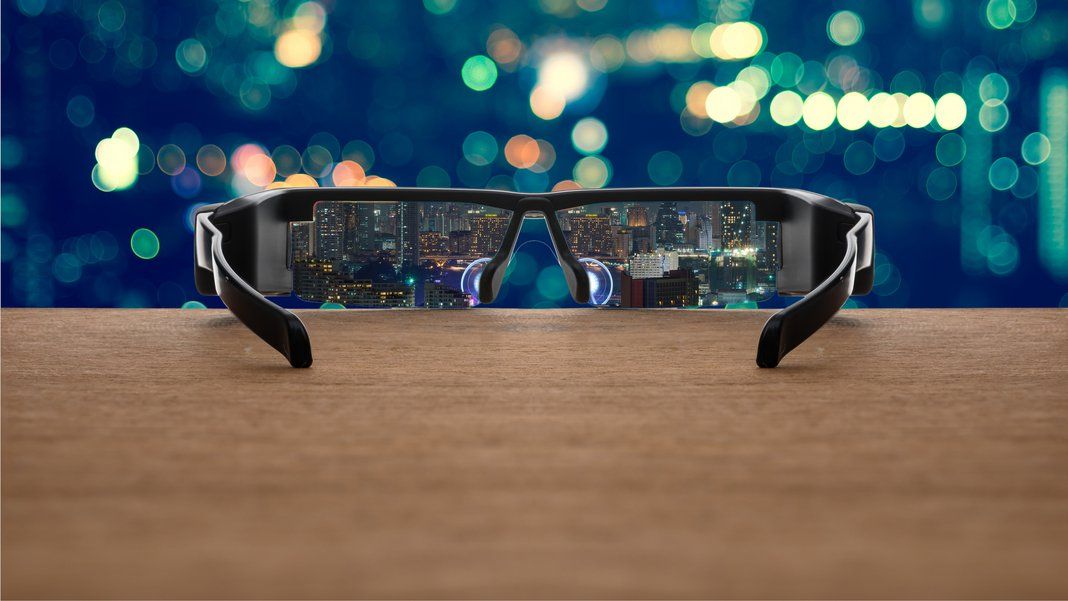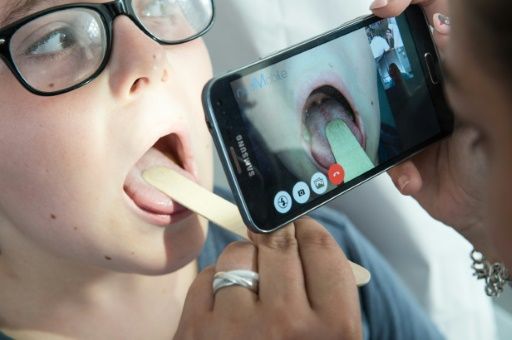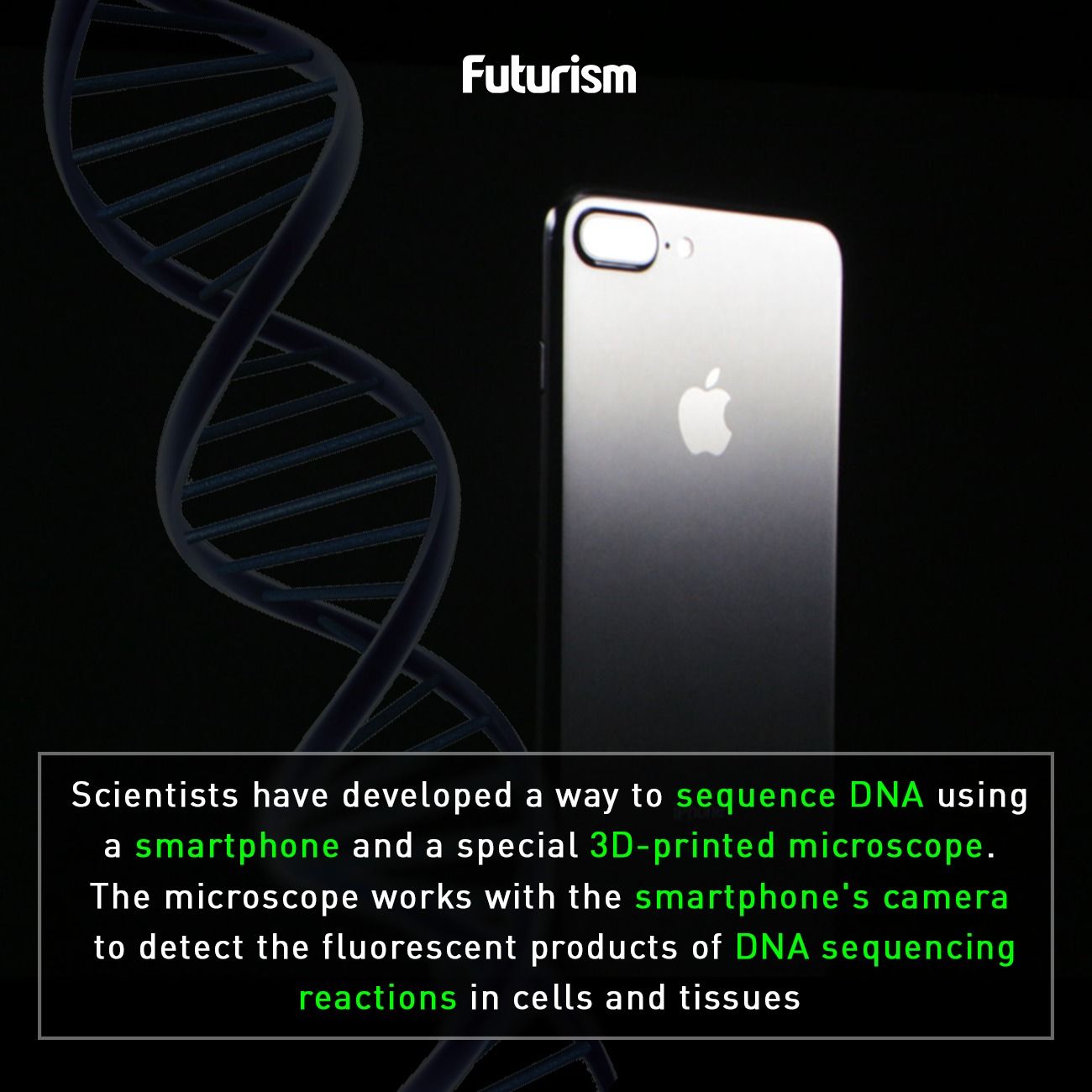Archive for the ‘mobile phones’ category: Page 192
Feb 25, 2017
Canada to Spend $750 Million to Ensure All Citizens Have Internet Access
Posted by Shane Hinshaw in categories: government, internet, mobile phones
In Brief
- Canada is spending millions to ensure all citizens have access to home internet with download speeds of at least 50Mbps and upload speeds of 10Mbps in the next 10 to 15 years.
- At a time when so many things we used to do in person or via a physical medium are done digitally, living without the internet inherently puts a person at a disadvantage.
Canada is making some major moves to ensure that every citizen in the country has access to fast broadband speeds. The Canadian Radio-Television and Telecommunications Commission (CRTC) announced this week that it was setting up a fund of $750 million available over the next five years to expand internet access.
The CRTC is implementing a standard of universal availability of home internet with download speeds of at least 50Mbps and upload speeds of 10Mbps with the option of unlimited data. In doing so, the Canadian government is declaring that broadband internet is a basic telecommunications service, akin to phone service.
Continue reading “Canada to Spend $750 Million to Ensure All Citizens Have Internet Access” »
Feb 24, 2017
Why the Potential of Augmented Reality Is Greater Than You Think
Posted by Klaus Baldauf in categories: augmented reality, business, habitats, mobile phones, virtual reality
Never before have businesses been able to build billion-dollar valuations in so little time. Never before have incumbent enterprises been able to go out of business so quickly. Disruption is now commonplace, and augmented reality (AR) is emerging as yet another avenue to turn industries on their heads. But what direction will this new technology take?
AR overlays digital information on the physical world using a smartphone (think Pokémon Go) or a headset. In its simplest form, AR is simply a rectangular display floating in front of the eyes, à la Google Glass. More advanced forms will drop video game characters or useful information seamlessly onto physical objects, from homes to industrial warehouses.

Continue reading “Why the Potential of Augmented Reality Is Greater Than You Think” »
Feb 19, 2017
Smartphones are revolutionizing medicine
Posted by Shane Hinshaw in categories: biotech/medical, mobile phones
Smartphones are revolutionizing the diagnosis and treatment of illnesses, thanks to add-ons and apps that make their ubiquitous small screens into medical devices, researchers say.
“If you look at the camera, the flash, the microphone… they all are getting better and better,” said Shwetak Patel, engineering professor at the University of Washington.
“In fact the capabilities on those phones are as great as some of the specialized devices,” he told the American Association for the Advancement of Science (AAAS) annual meeting this week.
Continue reading “Smartphones are revolutionizing medicine” »
Feb 17, 2017
Save your phone screen with this incredible liquid
Posted by Shane Hinshaw in category: mobile phones
Feb 14, 2017
MIT Team’s Low-Power Chip Could Revolutionize Speech Recognition in Electronics
Posted by Karen Hurst in categories: computing, mobile phones
Personally; I see this not being needed in less than 10 years.
Automatic speech recognition is on the verge of becoming the chief way of interacting with primary computing devices. A decade ago, the concept of automatic speech recognition was laughed at.
Anticipating this rise in voice-controlled electronics, a team of researchers from MIT have developed a low-power chip designed for automatic speech recognition. A cell phone running speech-recognition software might need roughly 1 watt of power, but the new chip requires between 0.2 and 10 milliwatts only, based on the number of words it has to recognize.
Continue reading “MIT Team’s Low-Power Chip Could Revolutionize Speech Recognition in Electronics” »
Feb 14, 2017
To Get AI in Everyday Gadgets, Engineers Go to Specialized Hardware
Posted by Karen Hurst in categories: mobile phones, robotics/AI, wearables
Energy-efficient, deep-learning processors are what’s needed to make smart phones, wearables, and other consumer electronics smarter.
Feb 14, 2017
Could you fall in love with a robot?
Posted by Karen Hurst in categories: mobile phones, robotics/AI, sex, transportation
A story and a question for Valentines — could you fall in love with a robot? Me? the answer is no as I get bored easily and like imagnative conversations; I would get bored after a while of a robot.
Many of us say we have relationships with our dogs, and some—still—with our childhood teddy-bear. Some might claim to have a relationship with their car. And others, although they might not admit it publicly, feel they have some sort of relationship with their sex-doll.
Are all these people deluded? Can we really have relationships with non-human beings?
Feb 13, 2017
Creating computers that use 10,000 times less energy
Posted by Karen Hurst in categories: computing, cosmology, mobile phones, sustainability
Quest to settle riddle over Einstein’s dark energy theory may soon be over
Saving energy is just as important as finding new and sustainable sources. By reducing the demand we reduce the energy and storage needed in the first place.
This is a first step in creating the tools needed to design and engineer low energy electronics. Cell Phones that last for weeks on a single charge and computers and servers using micro watts. However you will still need a lot of energy to drive screens and interface devices.
Continue reading “Creating computers that use 10,000 times less energy” »


















